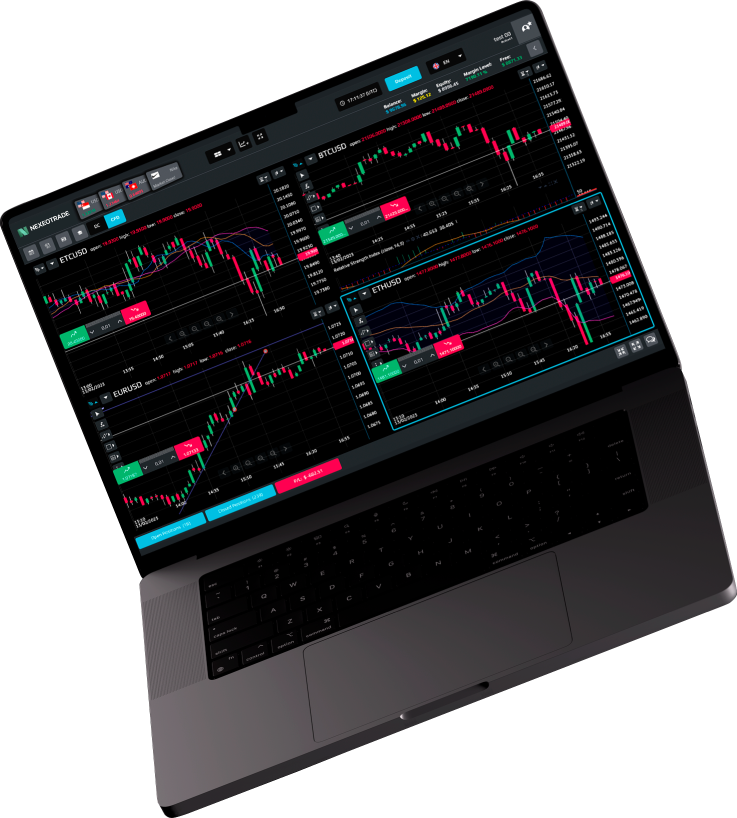Commodities
Benefit from fast order execution and tight spreads by trading Commodities CFDs.
Not all comodities are represented here. You can find the entire list on our trading platform
Commodities trading experience on our platform
-
User-Friendly Interface
-
Advanced Charting
-
Risk Management Tools
-
Multi-window Mode
-
Multiple Order Types

Learn more about Crypto Trading
Explore our valuable educational resources and advanced trading tools
What is
Commodities
The commodities market is a diverse and complex financial market, comprising of various types of commodities such as metals, energy, agricultural products, and soft commodities. Soft commodities, specifically, include raw materials that are grown such as coffee, cocoa, cotton, sugar, and soybeans. It is a market where traders can buy and sell contracts of these commodities in order to profit from the price fluctuations.
Just like the foreign exchange market, the commodities market is also traded on a variety of different markets such as futures, options, and contracts for difference (CFDs). One of the most popular markets for retail clients is the CFD market, where traders can easily buy and sell contracts without actually owning the underlying commodity.
The commodities CFD market is dominated by large international banks who provide their own quotes via electronic trading systems, and the spot market serves as the point of reference for these quotes. As such, the prices are not uniform across the market.
Commodity prices are influenced by several factors such as supply and demand, geopolitical events, weather patterns, and economic indicators. For example, the price of coffee may be affected by weather conditions in Brazil, the world\'s largest coffee producer, or the demand for soybeans may be affected by the growing trend of plant-based diets.
In commodities trading, prices are quoted in US dollars per unit of the commodity. For example, the price of cocoa may be quoted as [:,400 per tonne. Traders can go long if they believe the price will rise or go short if they believe the price will fall. The profit or loss from the trade is determined by the difference in price between the opening and closing of the trade.
The unit of measurement used in commodities trading is different for each commodity. For soft commodities, the unit of measurement is usually in tonnes, bushels, or pounds. Each commodity has a specific tick size, which refers to the minimum price movement. For example, the tick size for cocoa is The unit of measurement used in commodities trading is different for each commodity. For soft commodities, the unit of measurement is usually in tonnes, bushels, or pounds. Each commodity has a specific tick size, which refers to the minimum price movement. For example, the tick size for cocoa is per tonne. per tonne.
Just like in forex trading, the spread is an important factor in commodities trading. The spread is the difference between the bid and ask price and is determined by market conditions, volatility, and liquidity. At Nexeotrade, we offer tight spreads on soft commodities CFDs, allowing traders to trade with lower costs.



